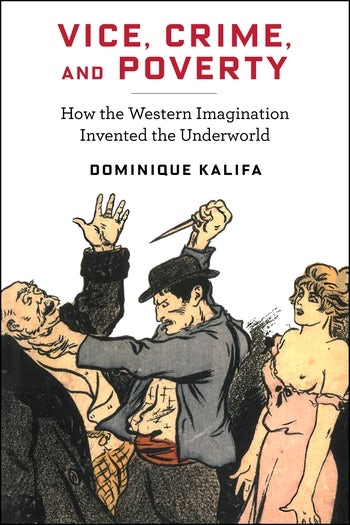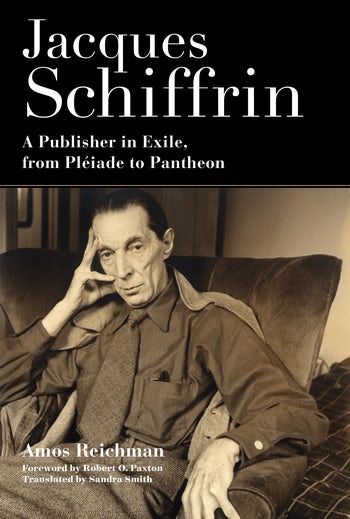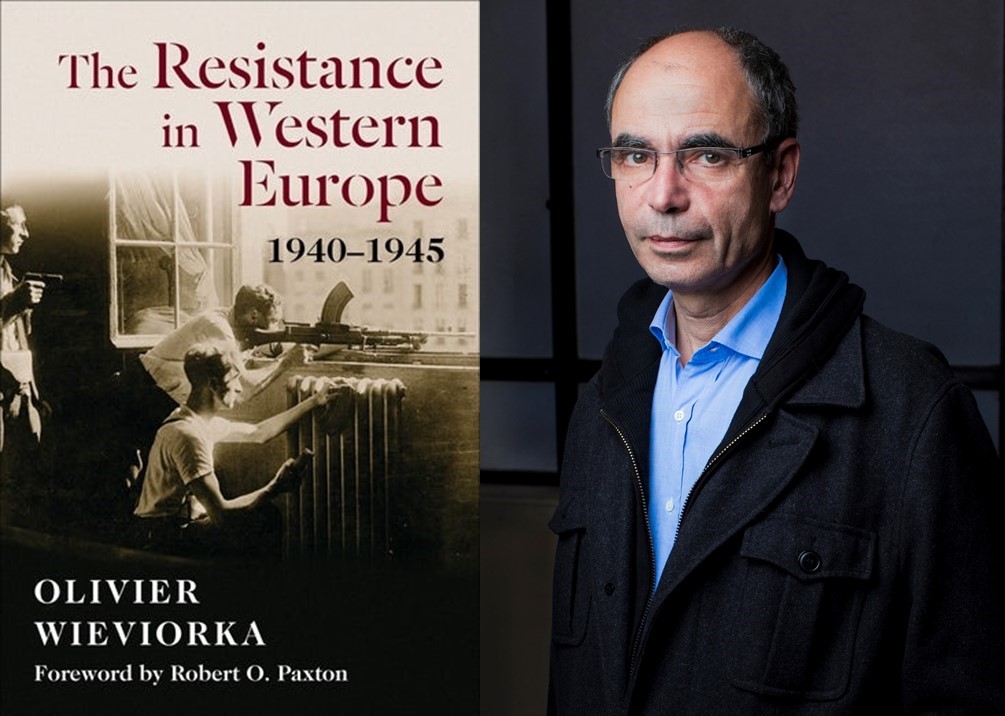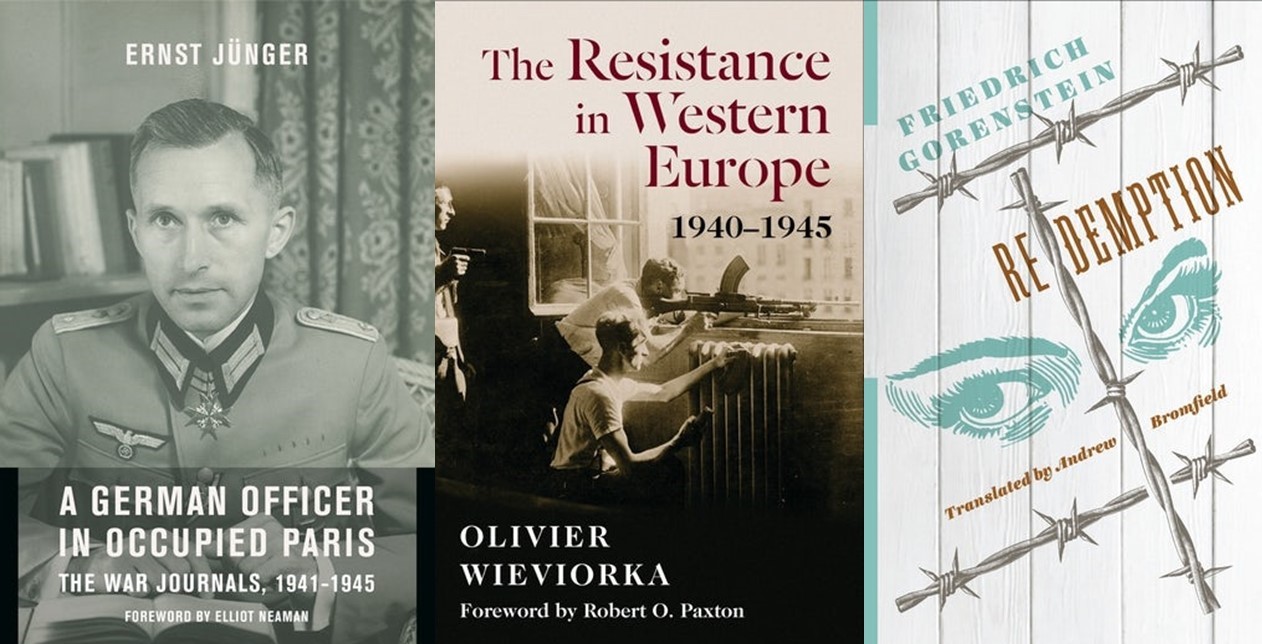Delving Down into Argot: Susan Emanuel on Translating Vice, Crime, and Poverty

“This is a lively and fun read. More than tracing the evolution of living conditions of the poor and indigent, Vice, Crime, and Poverty also represents an important contribution to the histoire des mentalités, telling us how different eras viewed the poor in terms of social changes at those times. The transnational aspect greatly enhances this study, making it a significant contribution to the field by offering insights into both European and American history.”
~ Venita Datta, author of Heroes and Legends of Fin-de-Siècle France: Gender, Politics, and National Identity
Our National Translation Month exploration of Vice, Crime, and Poverty: How the Western Imagination Invented the Underworld continues today with a guest post by translator Susan Emanuel, on the topic of translating argot.
Remember to enter our drawing for a chance to win a copy of the book!
• • • • • •
I knew when I embarked on what was called in French Les Bas fonds (The Lower Depths) that I would need to start compiling a dictionary of slang terms. What I did not realize was how far back coded languages extended (to the 1550s), or that they have always been defining markers of the underworld. Of course, argot has always percolated up into common parlance, even before being studied by social reformers and the police or adopted by the cultural industries.
One of the first words I had to reckon with was gueux (beggar, rogue), which dates back to a time when the poor ceased to be deserving and became perceived as deceiving beggars, as depicted in La vie généreuse des mercelots, gueux et boesmiens contenant leur façon de vivre, sublitez et gergon (1596). We see from the title that the destitute, knaves, bohemians, and other outcasts have their own language, and that their underground lives (and various ruses for getting money) fascinate those above them in the social scale, who are often being warned by the forces of law and order. More surprising is that the term “jargon” was initially associated with the inverted kingdom below. Forty years after La vie généreuse appeared Le Jargon, ou Langage de l’argot reformé, in which Henri Sauval exposed the monarchy of rogues, i.e. a hierarchy of miscreants ruled by a king. In Paris, the Court of Miracles in Paris was a piolle franche (free zone) where conniving beggars who during the day faked all sorts of maladies, at night recovered their health.
“Argot has always been associated with realms governed by poverty, violence, sex, and crime.”
Sauval was an early historian of the city, and Le Jargon depicts the labyrinth underground of Paris, a counter-kingdom whose “people of argot” indulge in promiscuity and irreligion, vice and theft. Sauval’s account in turn became Victor Hugo’s principal source for his early novel Notre Dame de Paris (1831), where all varieties of outcasts assemble and communicate in the language of “the shadows” and “misery” that the uninitiated cannot understand. Gustave Doré’s illustration of the Court of Miracles scene in the novel became an icon of the underworld. Argot has always been associated with realms governed by poverty, violence, sex, and crime.

But like any kind of taboo being broken, the use of bawdy and blasphemous argot intrigues respectable society. By the 18th century, rogues and outlaws could become celebrities and even write their memoirs. Terms like “cambrioleur” (burglar, from the argot chamber= room) entered common parlance. Ecorcheur evolved from “skinner” to “freelance soldier” to “swindler.” Writers made use of the heightened expressiveness of argot, and Hugo, by the time he writes Les Misérables (1862), has made the downtrodden the heroes of his social canvas. Moreover, officials (like Inspector Vidocq) and social researchers were producing typologies of the lower classes and dictionaries of miscreants’ argot. Finally, the cultural appropriation of coded languages gave rise to waves of lingo, such as verlan in the 1950s, and the language of the cités today. Today all rappers are argotiers.
“But like any kind of taboo being broken, the use of bawdy and blasphemous argot intrigues respectable society. By the 18th century, rogues and outlaws could become celebrities and even write their memoirs.”
Professor Kalifa’s numerous works of cultural history trace the history of “imaginaires” – how the representations and images of the ways a society conceives of itself may assume a history of their own. For example, many French towns had their own “Mystères de….” modeled on Eugene Sue’s expose of Paris. And in fact Western cities exhibited the same ambiguous “lower depths” – New York, London, Buenos Aires. Eventually, the underworld became a tourist destination; slumming was fashionable. In a later chapter of Vice, Crime and Poverty Kalifa looks at bohemian Montmartre in the late 19th century, after urbanization had erased most traces of medieval Paris, which was now a subject of nostalgia rather than fear. The figure that fascinated me the most in this part of the book was the apache (hoodlum, gangster), the term tracing a line from native Americans to outlaws who wield switchblades in cabarets (see cover illustration). The apache appears in Kalifa’s later book that I am currently translating, The Real Story of the “Belle Epoque,” along with his companion the lorette (floozy).
One of the pleasures of translating is immersion in other worlds, and so after a plunge into the sordid lower depths, I am now floating in a retrospective nostalgia for the froufrou Belle Epoque.
If you enjoyed this post, enter our drawing for a chance to win a free copy of the book. Or, save 30% when you order online using coupon code: CUP30!








